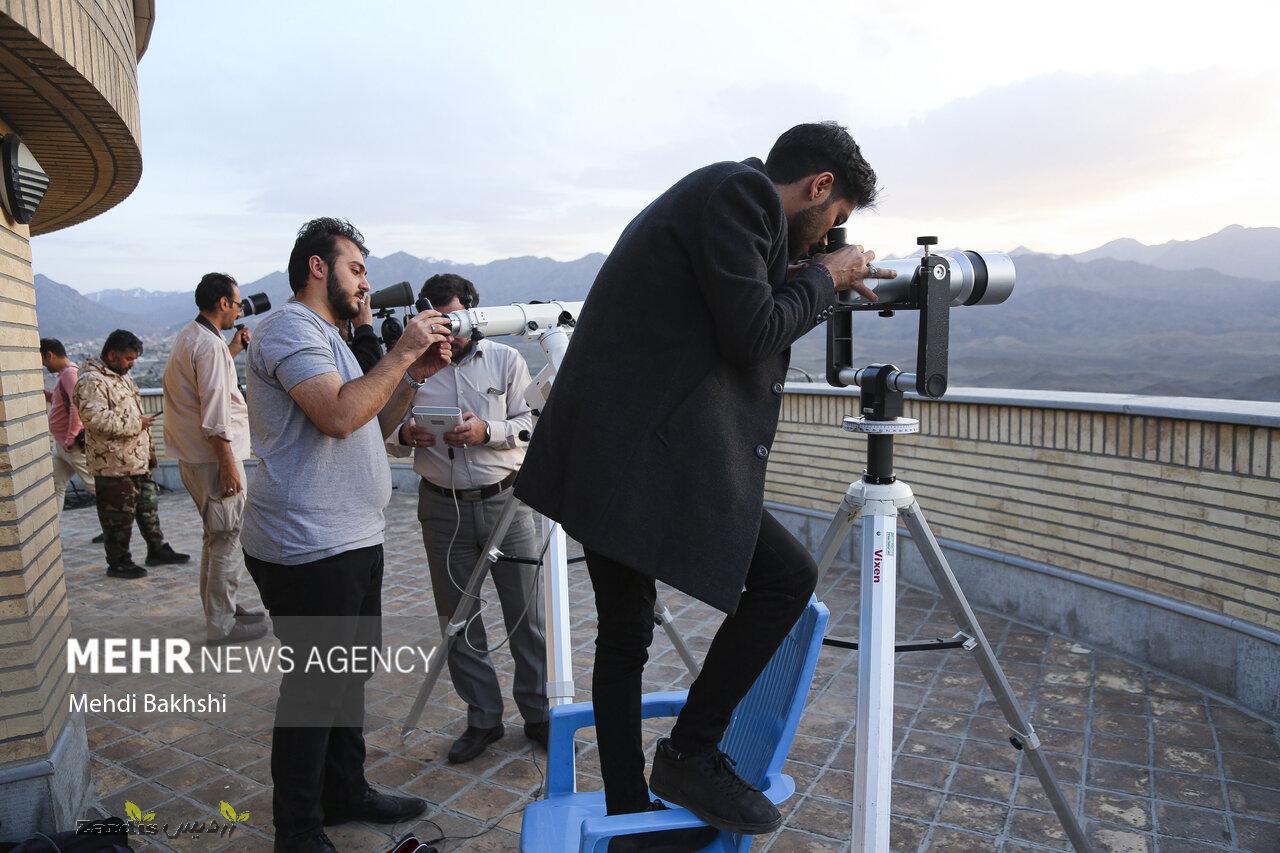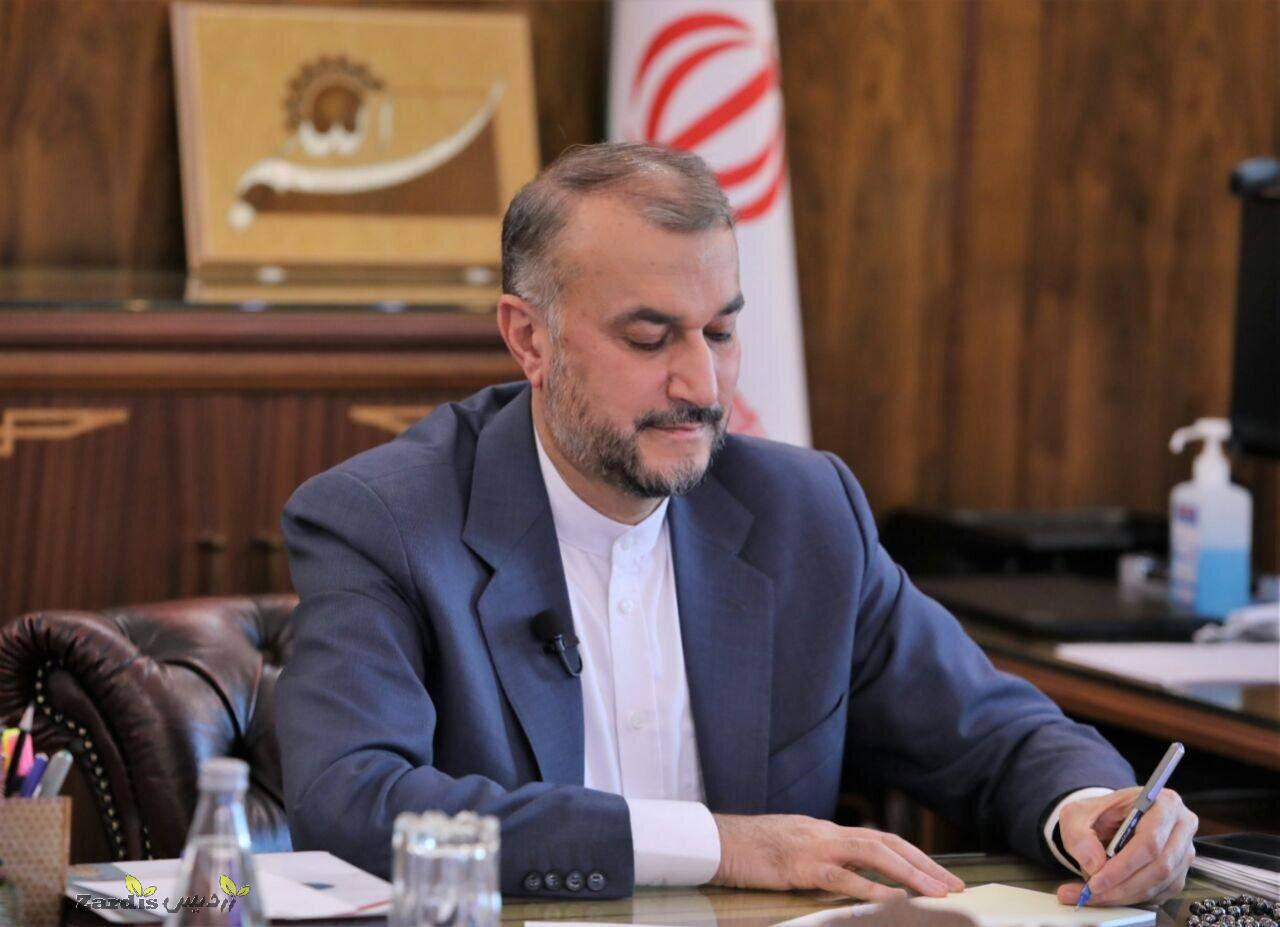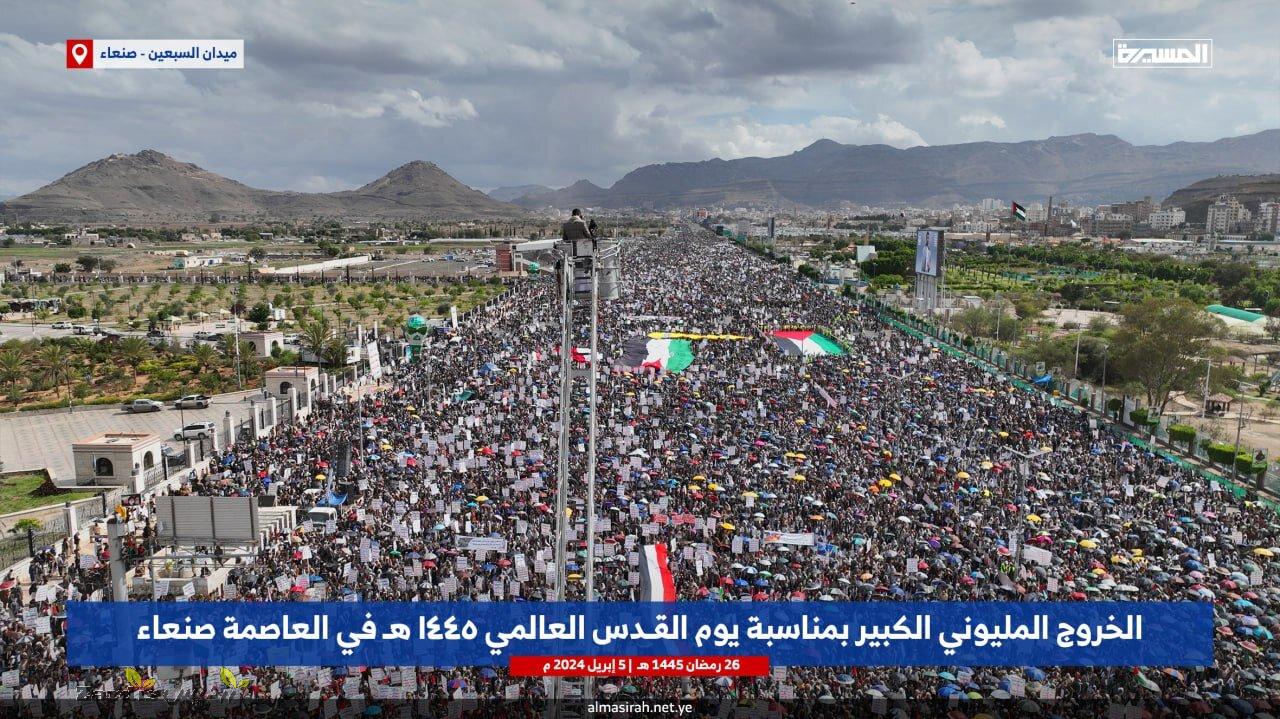TEHRAN – An archaeological museum is currently under construction in Arg-e Bam, a quake-stricken UNESCO-registered citadel in Iran’s southeastern Kerman province.
Covering an area of 1,200 square meters, the museum is expected to open in the next six months, the provincial tourism chief has said.
In addition, some restoration projects are being carried out on the citadel and its surroundings, Fereydun Faali announced on Thursday.
The origins of the citadel of Bam (“Arg-e Bam”), can be traced back to the Achaemenid period (6th to 4th centuries BC) and even beyond. The heyday of the citadel was from the 7th to 11th centuries, being at the crossroads of important trade routes and known for the production of silk and cotton garments.
The citadel, which contains the governor’s quarters and the fortified residential area, forms the central focus of a vast cultural landscape, which is marked by a series of forts and citadels, now in ruins. The existence of life in the oasis was based on the underground irrigation canals, the qanats, of which Bam has preserved some of the earliest evidence in Iran and which continue to function till the present time.
According to UNESCO, Arg-e Bam is the most representative example of a fortified medieval town built in vernacular technique using mud layers (Chineh), sun-dried mud bricks (khesht), and vaulted and domed structures.
Bam and its Cultural Landscape represents an outstanding example of an ancient fortified settlement that developed around the Iranian central plateau and is an exceptional testimony to the development of a trading settlement in the desert environment of the Central Asian region. This impressive construction undoubtedly represents the climax and is the most important achievement of its type not only in the area of Bam but also in a much wider cultural region of Western Asia.
The cultural landscape of Bam is an important representation of the interaction between man and nature and retains a rich resource of ancient canalizations, settlements, and forts as landmarks and as tangible evidence of the evolution of the area.
The big and sprawling Kerman province has been a cultural melting pot since antiquity, blending Persians with subcontinental tribe dwellers. It is home to myriad historical sites and scenic landscapes such as Bazaar-e Sartasari, Jabalieh Dome, Ganjali Khan Bathhouse, Malek Jameh Mosque, and Shahdad Desert to name a few.
ABU/AFM
Zardis news | The latest news of Iran and the world
All rights reserved for "Zardis news"It is protected and any copying without mentioning the source is prohibited.
Pursuant to Article 12 of Chapter 3 of the Cybercrime Law, copying the format and content will be prosecuted.







